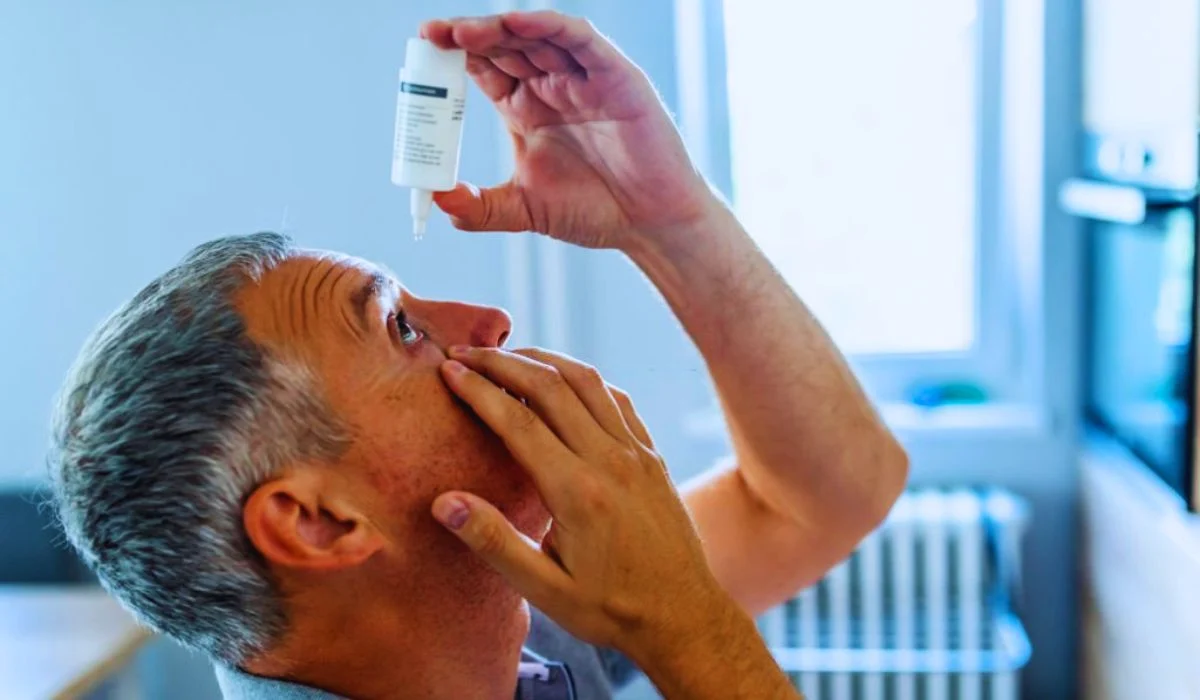Cataract is a very common term associated with old age. We have often heard of our grandparents undergoing cataract surgery.
In simple words, cataract is an ophthalmic disease associated with old age wherein a cloudy film forms in front of the lens, making it difficult to see.
Cataract surgery precisely does the job of removing these cloudy films from the lens or changing the lens altogether. The replaced lens is called an artificial intraocular lens. Given the prevalence of the disease, cataract surgery is very common.
The main goal of this procedure is to help cataract sufferers get better vision. However, cataract surgery includes a specific list of post-surgical care, just like any other surgery.
One of these includes monitoring eye pressure. This eye pressure is also known as intraocular pressure (IOP). Eye pressure helps ophthalmologists determine if there’s any problem with your eyes. Hence, this is very important and must be monitored.
Let’s delve deeper into the details and understand why this eye pressure is so important for ensuring complete recovery after surgery.
Why Is It Important To Monitor Eye Pressure After Cataract Surgery?
IOP is essential for maintaining the structure of the eye and ensuring that the optic nerve is operating properly.

The optic nerve sends visual information to the brain and is directly related to vision clarity. Hence, monitoring eye pressure is necessary to ensure complete recovery after surgery.
Ocular hypertension occurs due to abnormally high eye pressure. The medical term for this is Glaucoma. This makes it even more important that you maintain your eye pressure properly.
Factors Affecting Eye Pressure After Cataract Surgery
Here are the factors that influence eye pressure after the completion of cataract surgery:
▶️ Previous Eye Conditions
If you already had been diagnosed with glaucoma or ocular hypertension before surgery, you will likely experience fluctuations in eye pressure after cataract surgery.
▶️ Surgical Technique
The surgical method used can impact post-operative eye pressure. Techniques that involve smaller incisions and require fewer stitches generally result in better eye pressure management. However, this depends on the stage of the cataract and how it is treated.
▶️ Type Of Intraocular Lens (IOL)
The choice of IOL can affect eye pressure. Some IOLs have specific designs to regulate intraocular pressure, especially in patients with glaucoma. Ultimately, it depends on the patient and at which stage their cataract had been identified.
▶️ Inflammation
Post-operative inflammation can temporarily raise eye pressure. Proper management of inflammation through medication can help regulate IOP. Your ophthalmologist can provide you with the ideal medications for reducing inflammation after surgery.
Normal Eye Pressure Range After Cataract Surgery
After surgery, the normal ocular pressure range is within the range of 10 to 21 mmHg (millimeters of mercury). This remains more or less the same for all individuals.
It is common for ocular pressure to be higher than usual within the first 24 hours following surgery. This occurs primarily due to the inflammation caused by the operation.
Managing Eye Pressure After Cataract Surgery
You can manage your eye pressure by following some basic tips:
✅ Eye Drops
Your ophthalmologist will prescribe you specific eye drops after surgery. These eye drops can help control inflammation and prevent infection. Both of these can impact eye pressure. Additionally, some eye drops are specifically designed to reduce IOP.
✅ Regular Follow-Up Visits
To monitor eye pressure and identify any potential issues that may later develop, it’s important to schedule routine postoperative follow-up visits.
✅ Management Of Glaucoma
To stop an increase in ocular pressure, it is important to closely monitor patients who already have the disease and use the best management techniques.
✅ Simple Lifestyle Adjustments
Simple lifestyle adjustments such as refraining from heavy lifting or stooping, can help minimize undue pressure on the eyes throughout the healing process. All efforts should be made to prevent bending over and taking up large objects.
Conclusion
Cataract surgery is a game-changing treatment that can greatly enhance vision and quality of life for old age and any other sufferers.
Therefore, to guarantee a full recovery following cataract surgery, take good care of yourself and adhere to all of your doctor’s directions! Soon, you’ll have healthy eyes and clear vision that will help you see the colorful world properly once again!

